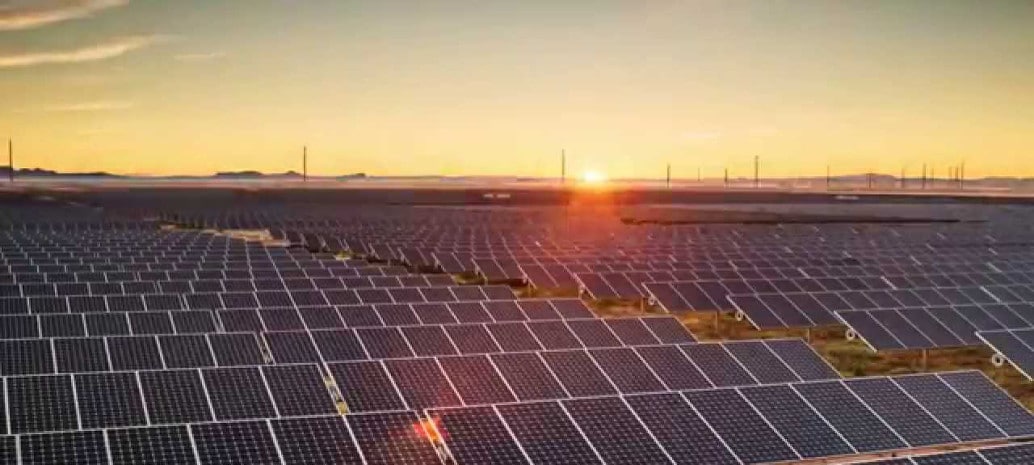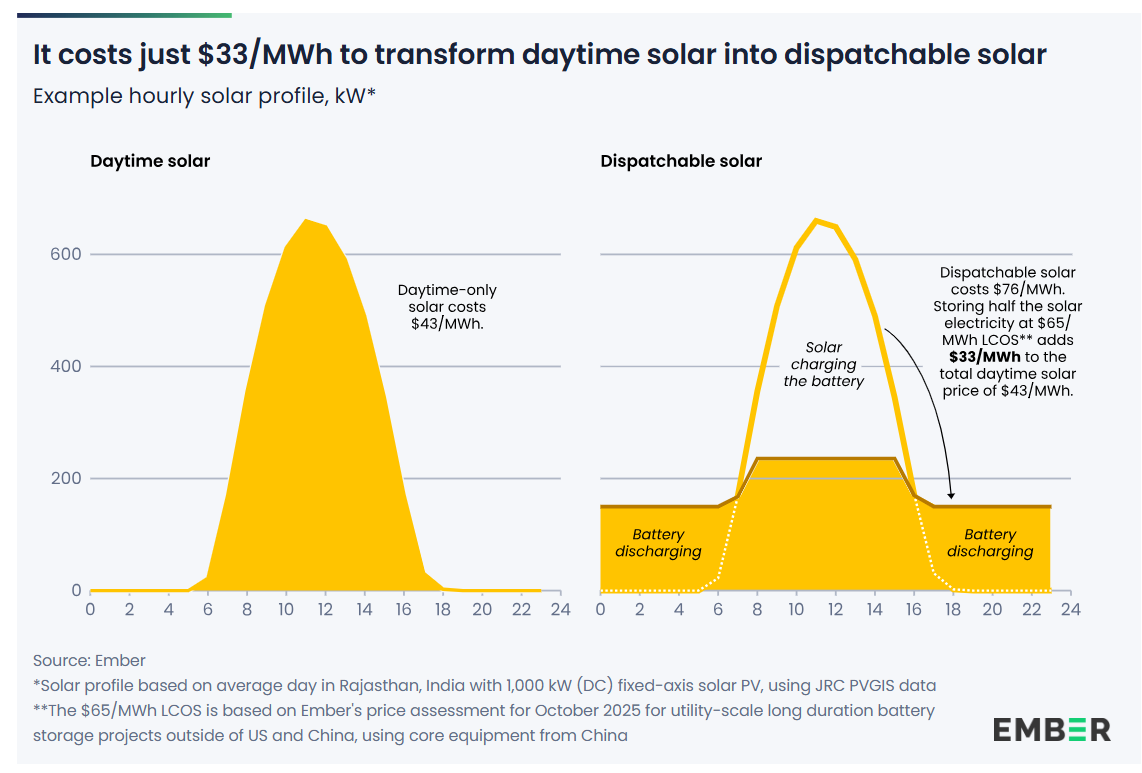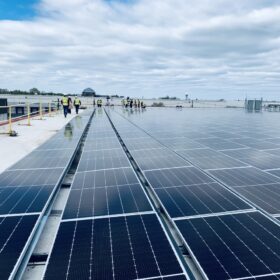The U.S. utility-scale solar market grew to maturity on the 20- and 25-year power purchase agreement (PPA), backed by renewable energy credits, creating a solid financial basis for solar project development. But in recent years PPAs are being signed not only for increasingly low prices, but shorter terms of 10-15 years, fundamentally changing the circumstances of solar project development and finance.
This combination of low prices and short contracts makes developers highly dependent upon the residual value of these projects after they are completed, and a new research note by Bloomberg New Energy Finance (BNEF) looks at what this means for developers and financiers.
Residual value in US solar project finance: a farewell to developer IRRs states that in order to make the numbers work on a PV project with a 10-year power, $40 per megawatt-hour PPA that a developer mush assume that prices for the power it will sell after the PPA expires rise faster than inflation, that it must take out back-levered debt, or both.
“Many U.S. developers are making aggressive, potentially fatal, assumptions: that cheap debt will remain freely available and that realized power prices for solar will rise in the long term,” warns the note.
“Developers originating ‘quasi-merchant’ solar projects may be in for a rude awakening,” it continues. “While there may be ways to mitigate long-term price risk and to use debt to boost returns, we ultimately think that many projects are likely to prove unfinanceable and will therefore not be built.”
There are two factors at play here here: falling PPA prices, and shorter contracts. BNEF notes that solar power contract prices have fallen at a compound annual decrease of 17% since 2006, but also states that “intense competition among developers for a relatively small number of contract opportunities” and other factors including an increase in contracts at avoided cost rates and low wholesale power prices are bringing solar contract prices even lower.
A big factor here is the increase in solar contracts signed under the rules of the Public Utilities Regulatory Policy Act (PURPA), a 1978 law that requires that utilities purchase power from independent producers if it they can meet the cost utilities would otherwise pay for power. PURPA has been a big driver for utility-scale solar in recent years, especially in markets such as North Carolina and Utah which have weak or no state-level renewable energy mandates.
PURPA implementation happens state-by-state, and in North Carolina and other states where PURPA is being used to secure power contracts for solar projects these contracts are often 10-15 years in length.
For developers banking on a second PURPA contract, there are risks. BNEF Senior Analyst Nathan Serota says that while he does not expect PURPA to be repealed at the federal level in the near-term, that state-level implementation is dicey.
“Changes in states’ implementation of PURPA are being considered today,” Serota told pv magazine. “For developers with large footprints in places like Montana and North Carolina, this is far and away their primary PURPA-related concern.”
Second contract or no, the shorter the contract, the more important the long-term residual value is, which is based on forecasts of power prices. Developers who want to sell projects are looking for the most optimistic, or in other words, high scenarios for future power prices.
However, not only are power prices hard to predict, but BNEF warns of several factors that may lead to excess optimism by solar developers. “In many cases, developers’ returns on new utility-scale PV projects are predicated on rising wholesale electricity prices in the long-term,” explains the note. “We find this assumption questionable (at best) and potentially flat-out wrong (at worst).”
BNEF observes that wholesale power prices have been based on gas prices since the early 2000s, and that previous expectations of future power prices have been high since 2007-2008 due to consistently low gas prices.
Gas prices are not the only factor. With enough solar and wind on the grid, power prices could de-couple and fall below gas prices, and demand-side policies and slow or negative electric demand growth could reduce the frequency of scarcity pricing events in wholesale markets.
BNEF says that there are no “silver bullets” for dealing with the challenge of short-term PPAs, and provided a stark warning for developers. “Ultimately, we think many projects with short-term PPAs are likely to prove unfinanceable and will therefore not be built,” states the note.
It also states that if projects with short-term power contracts are built and power prices hold or fall, that utilities will be able to acquire a number of mid-lifetime solar assets on the cheap.
This content is protected by copyright and may not be reused. If you want to cooperate with us and would like to reuse some of our content, please contact: editors@pv-magazine.com.









As BNEF pointed out “With enough solar and wind on the grid, power prices could de-couple and fall below gas prices.” I believe this will happen.
Based on what we have seen in California, the time-of use rates there have gone down during the day as more solar has been installed. The overbuilding of the grid, which is required for the peak days, will cause this overshoot in supply and lower wholesale bids during the day to become even greater.